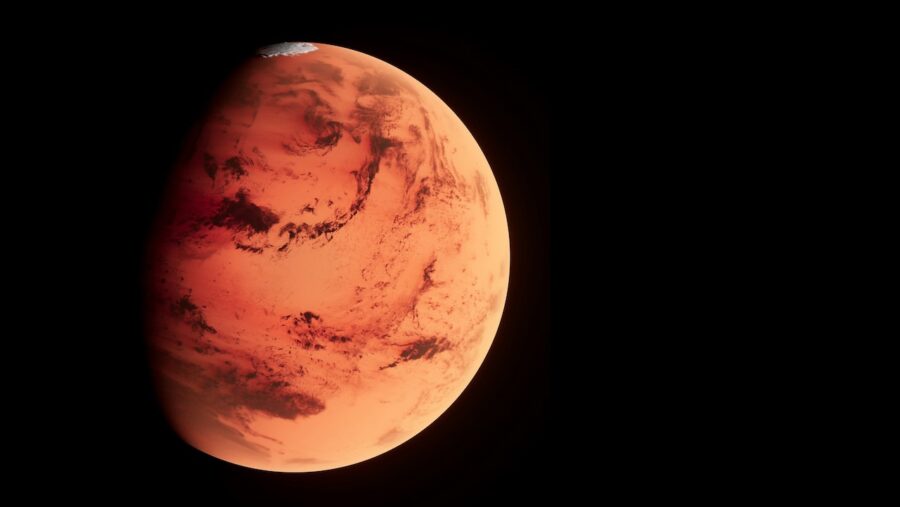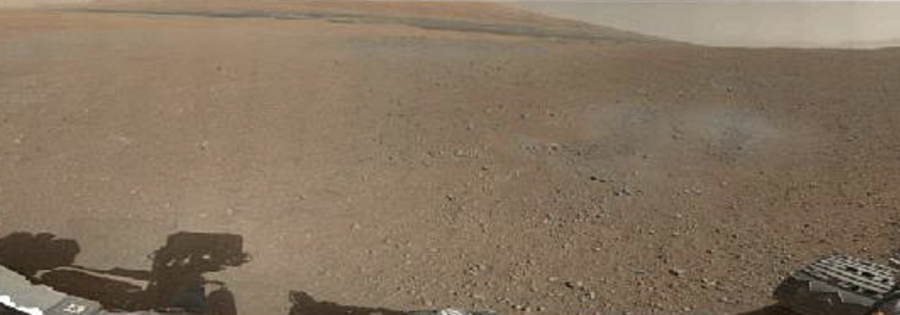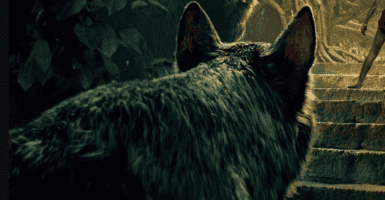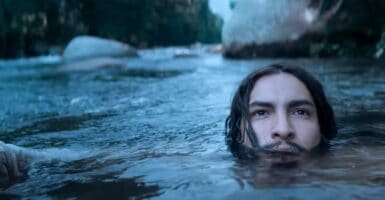Curiosity Sends Back First Full-Color Panoramic Shot From Gale Crater

Back in 2012, NASA’s Curiosity rover touched down in Gale Crater on Mars, allowing some first glances and truly amazing shots from the surface of our ruddy celestial neighbor. Then NASA upped the bar yet again when they released the first full-color panorama taken of Curiosity’s landing site.
It was a massive moment, for scientists and sci-fi lovers everywhere, finally seeing a place we’d only dreamt or read stories (made up) about through the years.

The first shot is composed of 130 different images, each 144 x 144 pixels, all taken by the rover’s Mast Camera in late Martian afternoon on Wednesday, August 8, 2012.
NASA noted that the image had also been brightened during processing since Mars doesn’t receive nearly as much sunlight as our homeworld does.
They also provided a little context as to exactly what we’re seeing.
Scientists will be taking a closer look at several splotches in the foreground that appear gray. These areas show the effects of the descent stage’s rocket engines blasting the ground. What appeared as a dark strip of dunes in previous, black-and-white pictures from Curiosity can also be seen along the top of this mosaic, but the color images also reveal additional shades of reddish brown around the dunes, likely indicating different textures or materials.
I don’t know about you, but it’s pretty incredible when you really consider what you’re looking at here.
It was exciting at the time to see Curiosity inspire interest and passion in people who had though actually landing on Mars was only a sci-fi pipe dream.
Who knows? Maybe one of the bright-eyed kids looking with wonder at these pictures would someday be the first human to step foot on Mars.
The rover’s exploration of Gale Crater ended up leading to a few pretty cool discoveries, giving more than a little insight on the planet’s past habitability and geological history.
Curiosity ended up finding evidence of organic compounds in rock samples from Gale Crater. This seemed to suggest that Mars could have supported life if it ever existed there.
There were also elevated and fluctuating methane levels as well, which sometimes can be markers for biological life.
There ended up being some suggestions based on the rover’s Mars findings that there actually may have been water at one point in the Gale Crater. This was through finding some jarosite. While it wouldn’t have likely been surface-level water, even below the surface possibilities mean the chance for life at some point in Mars timeline was feasible.
This area of the planet ended up showing that Mars had gone through changes and evolutionary processes throughout the eons.
Did Curiosity pick all of this up at the time of this first shot? Of course not. But this was one of the first true Mars highlights.
You can click over to NASA’s website to look at bigger versions of the panorama.












